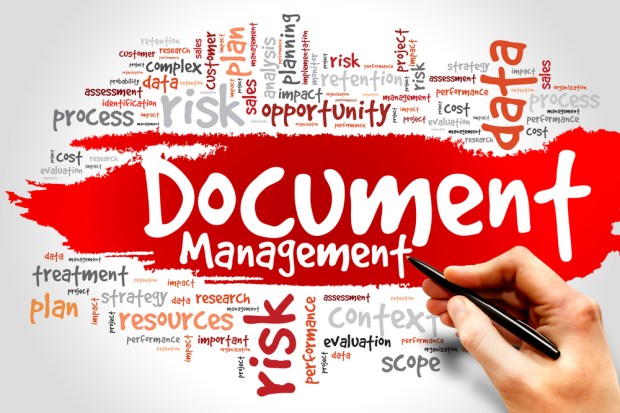Better Cash Flow Through Document Automation — Inside And Outside The Firm

FinServ player Business Escalation automates document management for clients’ internal treasuries and external supply chains. A recent linkup with Canon (yes, the camera company) has the firm eyeing potential in better business intelligence.
As companies grow in scope and ambition, managing the daily ebb and flow of information becomes critical across boundaries and especially up and down the supply chain. And technology is a key component of improving communications, feeding back to the people who oversee cash and strategy and who look to save money.
Business Escalation, a financial management solutions provider, said recently that it is partnering with Canon Information and Imaging Solutions, a unit of Canon, to offer better document processes to the former’s clients.
In an interview with PYMNTS, Mayda Barsumyan, Business Escalation’s president and chief executive officer, said the collaboration is a natural extension of the company’s core business in financial software and implementation.
Speaking of her own client base, which runs the gamut from energy to health care to manufacturing, the movement to automation has, at its core, the desire to eliminate pain points in cash flow management and treasury functions. “All clients want impeccable process, every day, and whenever they do a job. Cash organization extends across a number of definitions,” she said, with an emphasis on having the technology in place to “pay bills, manage accounts receivable and track investments,” providing the best visibility into the day’s end cash position.
As companies strive to adopt what Barsumyan termed this “holistic view” that cumulates in better cash projections, document imaging stands as a strong aid in helping small and midsized businesses operate efficiently, said Barsumyan. And the partnership with Canon, she said, addresses issues that clients — which for Business Escalation tend to have $500 million in revenues or more — may have had, or still have, with other imaging capture firms, where, she said, feedback has shown that smaller imaging players have been marked by less-than-reliable functionality, including downtime as servers went offline, effectively short circuiting efficient supply chain operations.
Among the industries served by Business Escalation, said Barsumyan, health care and energy firms can be among the most immediate beneficiaries of reliable data integration through the instant and real=time process of data shared across an organization. In the case of energy, she told PYMNTS, mobile functionality remains a key advantage of image-related business processes. In the oil industry, for example, she said, staff can be out in remote locations, working on rigs without reliable Internet service, and yet there is strong need to track inventory, equipment and especially maintenance activities. Despite the volatility in the energy sector at large, investment in technology remains a key focus of capex; as in other industries, regulatory requirements mandate more comprehensive document keeping, else sanctions may be the offing.
Business process automation, said Barsumyan, can help identify redundancies that can be eliminated and lead to cost savings. She told PYMNTS that automation, through document capture and other methodologies, is “not just about the tech inside but also the processes and identifying weak links from integration, to procurement, to delivery and payment.” In her own client roster, firms of size have grown, in part, through mergers and acquisitions and may, in fact, have overlap with suppliers who were serving both firms. Inadvertently, suppliers can get paid twice for the same job. With business automation and with streamlined document procedures, such errors can be spotted and quickly remedied, as invoices are scanned and matched against other document flows before they must be written off, often after some real financial impact is realized.
